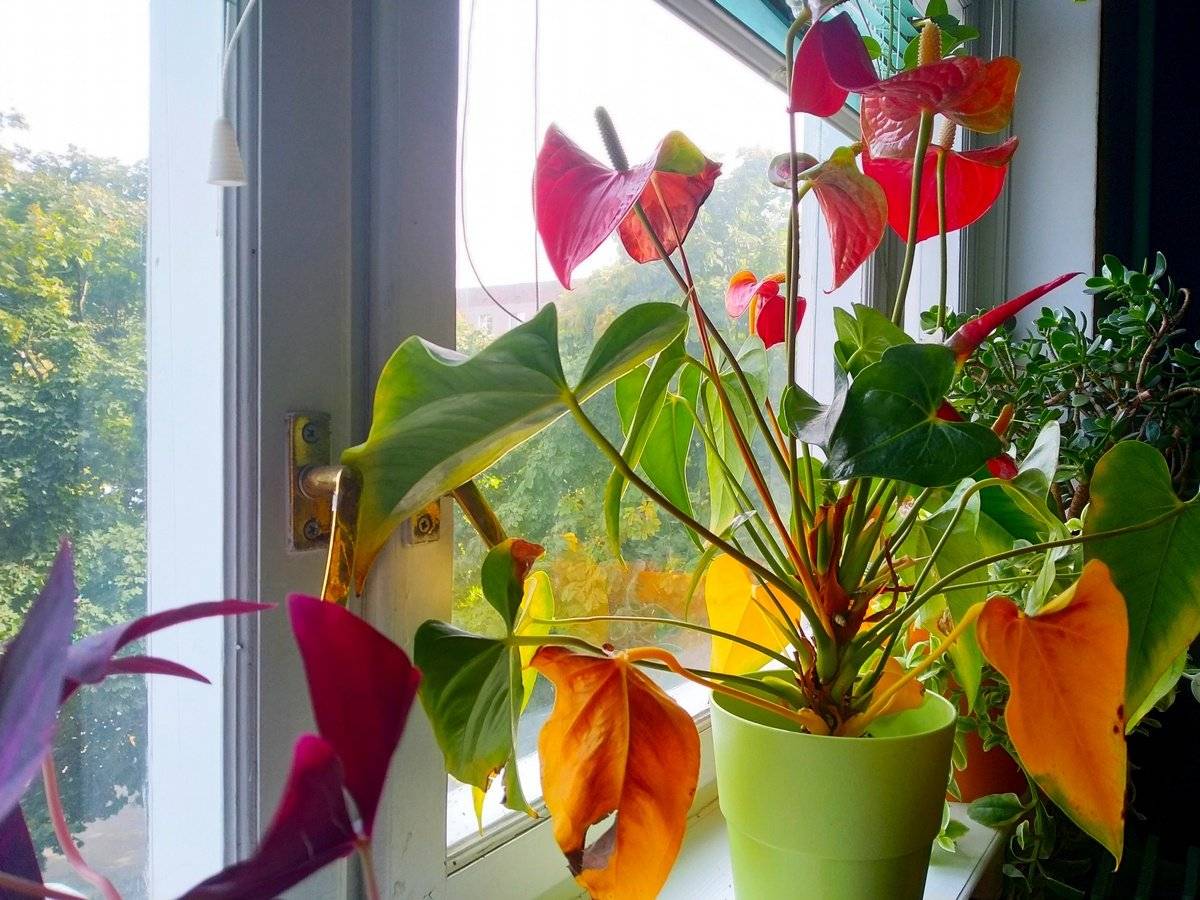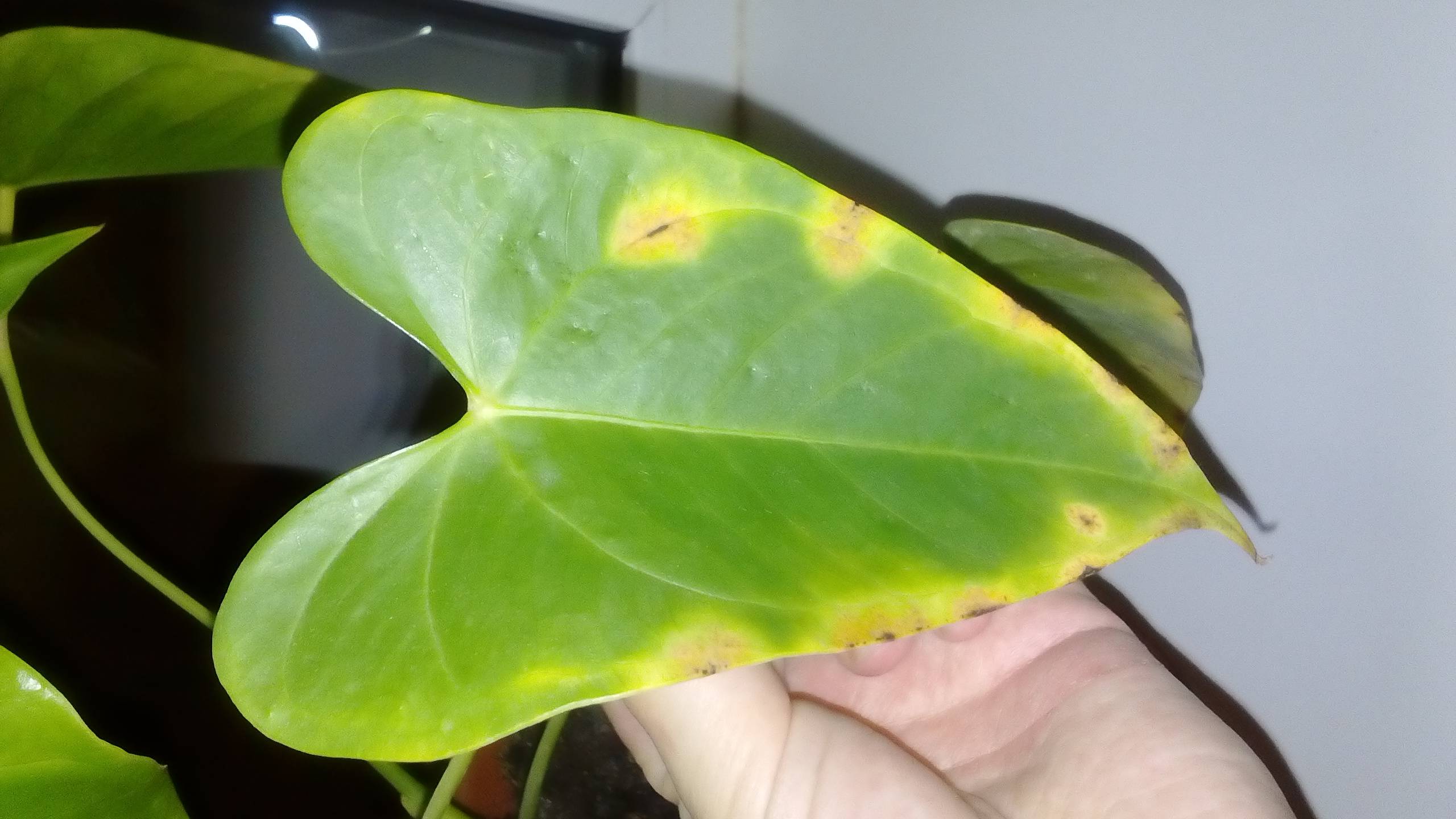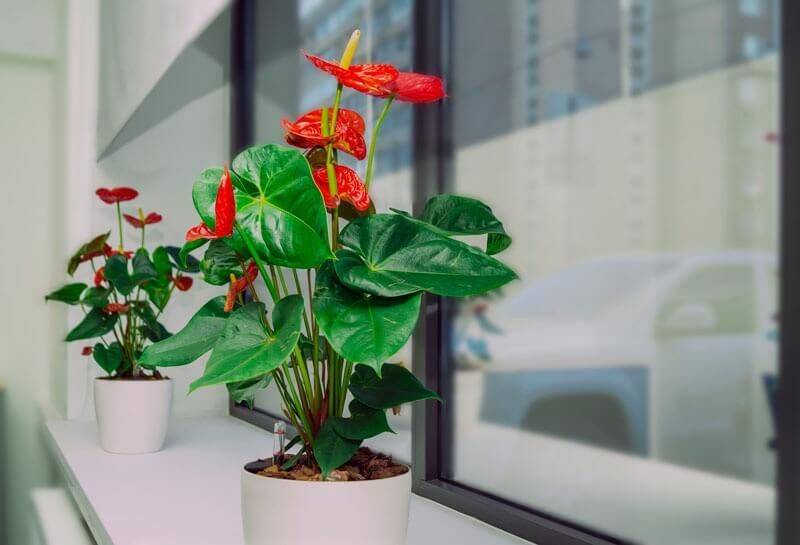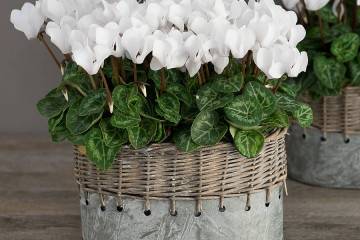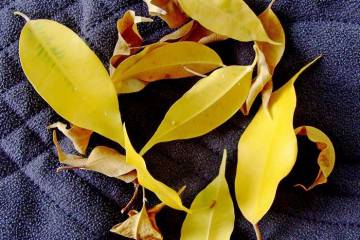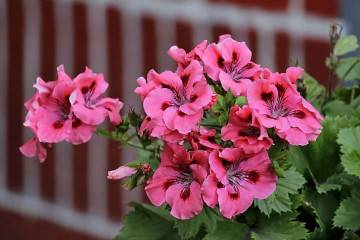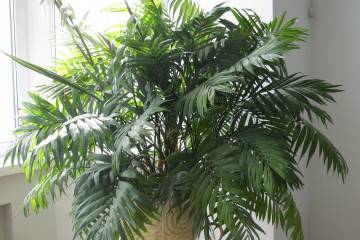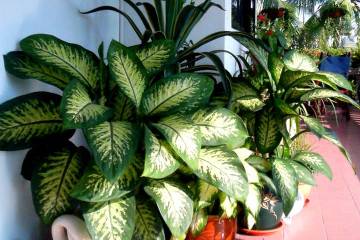Anthurium flower: leaves turn yellow - what to do
Content:
Anthurium belongs to elegant indoor plants that perfectly decorate any room. Another popular name is "male happiness". And therefore it is believed that in houses where there is this plant, representatives of the stronger sex will be successful and happy.
Despite the fact that some consider the flower to be capricious, it is not difficult to care for it. It is enough to follow simple rules and he will delight his owners with his appearance. But if you make mistakes in care, the plant gets sick. This can be determined by appearance. The appearance of yellow leaves is the first sign that something is wrong with the flower. It is worth figuring out how to determine the causes of yellowing and whether you always need to worry.
Appearance of yellow spots: when to worry
The formation of specks of a yellow tint does not always indicate illness or problems. Sometimes, this is a completely natural feature of the plant. If the care is correct, young, healthy, green leaves appear regularly, then the appearance of yellowed leaves at the bottom of the flower is not an anomaly. This is a natural process called aging. You just need to remove the old leaves. Sometimes they fall off on their own.
Just like other living organisms, anthurium can experience stress. It can be provoked by a move, a transplant. With quality home care, the flower quickly returns to its normal state and grows healthy.
But if the entire anthurium is covered with yellow spots, the leaves are dry, this is a reason to look for the cause of this condition and take measures for treatment, otherwise it will simply die.
How to identify the causes of yellowing
Often, the reason for the malaise of anthurium is precisely poor care for it. They can cause irreparable damage to the plant. Therefore, it is important to quickly determine the root cause of the problem. Also, this representative of the flowering family can suffer from pests. It is worth understanding the main reasons why the leaves of anthuriums turn yellow.
Why do anthurium leaves turn yellow: possible causes
Improper care, including poorly organized external conditions for anthurium, can lead to yellow leaves. The wrong pot, low humidity, over-watering, too low or high room temperature - all these moments can become a source of problems. It is recommended that you examine each reason in more detail.
Location and influence of low temperatures
The room with anthurium should always be warm. And if the room is less than 15 degrees, there are drafts, then the flower will begin to suffer. In addition to the yellow color, the leaves will become too soft, lethargic. Yellowness appears at the edges and gradually moves towards the middle of the plate. Then the leaves dry and turn black. A similar problem often arises for novice florists in the winter, when they turn on central heating.
Diseases and pests
Pests often cause external changes in the plant.They can also infect the root system, which poses a great danger to the life of the anthurium. Leaves may turn yellow due to the following diseases:
- Gray rot. It is caused by an excessive level of humidity in the room. It all starts with a yellow bloom, which gradually turns white. It is important to identify the disease at an early stage so that disposal is effective and less traumatic for the flower.
- Septoria. It is caused by a fungal infection. The spots on the plates grow rapidly, affecting an ever larger area. The plant begins to wilt, dries up.
- Anthracosis. It is caused by poor processing of the soil that was used for planting. The plates themselves become white, only the tips turn yellow.
- Chlorosis. It manifests itself when there is a lack of nutrients in the soil, for example, magnesium or iron. The plant looks withered, dividing veins disappear on the plates.
- Root rot. The disease is characterized by its rapid development. The leaves begin to fall off quickly. Immediate assistance required.
Yellowing after transplant
The transplant is an important process. And mistakes can provoke a deterioration in the condition of the flower. If signs of yellowing appear after transplanting, there is a high likelihood of damage to the root system. It is sensitive and therefore it is necessary to transplant the plant as carefully as possible. The soil should be completely changed to a new one only in serious situations; for other transfers, it is enough to use the transshipment method.
Wrong watering regime
Excessive moisture also provokes yellowing of the leaves. Measures must be taken, otherwise they will subsequently begin to rot. Failure to comply with the irrigation regime is expressed in the following:
- excessive amount of water;
- errors in the selection of the substrate;
- using a pot that is too spacious;
- errors in the selection of drainage.
All this provokes a deterioration in the condition of the plant. In this case, the danger is not only excessive watering, but also insufficient. An abundance of moisture leads to rotting of the root system.
Yellowing starts from the edge of the leaflet and moves towards the middle. Also, the spots may have a brown tint. If there is not enough water, dryness and lethargy of the plates are added to the described symptoms.
Planting in the wrong pot
If in the selected pot there is no room for the growth and development of roots, the plant will not be able to grow and exist normally.
The use of regular containers is not allowed. Only special pots are suitable for anthurium, wide and low, allowing it to fully accommodate its roots. Otherwise, the flower will slowly fade away and die.
Lighting violation
Plants from the hot tropics, which include anthurium, love a lot of light. They are able to endure the twilight, but they do not feel very comfortable in such conditions. Therefore, it is necessary to provide them with sufficient lighting.
At the same time, bright sunlight (especially if it gets through the glass) has a detrimental effect on this plant, causing overheating. Yellow spots can appear due to sunburns. Therefore, when placing the pot on the windowsill, you should be careful so that the rays do not harm.
You can also cover the glass with a special sunscreen film, which solves this problem. Good lighting is achieved with lighting fixtures. But you do not need to install them next to the flower. The room just needs to be light.
Lack of fertilizing and fertilization
It is important not only to provide the plant with complementary foods and fertilizers, but also to do it at the right time. The period of active growth of anthurium is from April to August, that is, summer and most of spring. It is then that he actively begins to grow and bloom.
If you neglect complementary foods, the lower plates will become covered with a yellow bloom and begin to fall off.
Anthurium: leaves turn yellow, what to do
First of all, it is recommended to remove leaves on which traces of damage have already appeared. This will allow a living organism to recover faster.
If the cause of the deterioration is improper care, it is necessary to improve the situation. To do this, install a humidifier, strictly follow the irrigation scheme, bait. The transplant is carried out strictly observing all the rules, using only a pot that is suitable in shape and size.
If rot is the cause of the problems, then you need to remove the flower from the pot, rinse in warm water and carefully examine the roots. The presence of growth points on the light roots indicates that the plant can be saved. To do this, it is immersed in a disinfection solution for 20 minutes; potassium permanganate diluted in water is suitable. Then they are dried and transplanted. Place in a warm place and do not water until new leaves begin to grow.
Preventive measures
One of the key preventive measures is the regular inspection of the anthurium for pests and the appearance of defects. This will allow you to identify the first warning signs of the problem in time. It is also recommended to carefully follow the rules and nuances of care. It is important to create optimal and suitable conditions for a plant for a comfortable life.
If traces of disease have been seen on the surface, it is necessary to isolate the plant from other flowers to prevent the spread of the problem. Compliance with preventive measures will prevent the deterioration of the anthurium state, detect trouble in time and cure the flower.
